Challenging the Myths of the Spanish Inquisition
Founded in 1478 to root out false Jewish converts to Christianity, the Spanish Inquisition was a bloodthirsty organization that killed between 5,000 and 10,000 people during its 350-year existence. Given these horrifying statistics, it might seem odd to say that the Spanish Inquisition wasn’t quite as bad as it has been made out to be in popular culture. However, put into the context of a period when persecution of witches and Catholics in northern Europe was going full tilt, these numbers begin to look rather less shocking.
In Britain alone, for instance, it’s estimated that around 30,000 people were put to death for witchcraft. Not only this, but, according to ABC, during Elizabeth I’s reign, 1,000 Catholics were killed in the space of just a decade. My point here is that between the 15th to 18th centuries, the Spanish were no more violent than their European counterparts. However, during that time many Protestant countries liked to paint a negative picture of Spain and its inhabitants that wasn’t strictly accurate. The Spanish Inquisition were part of this “black legend“, which is why it’s worthwhile dispelling some of the myths surrounding the institution.
1: They were incredibly sadistic
Several years ago I visited a “museum” dedicated to the Spanish Inquisition in Cordoba. Entirely devoted to instruments of torture, the innocent tourist might walk away with the impression that the Spanish Inquisition often used the rack or the iron maiden to extract confessions from prisoners. However, this impression would be entirely wrong. The Spanish Inquisition only tortured about 1% of prisoners and the devices mentioned earlier were never used.
Bound under a strict code that stipulated they never draw blood, only three methods of torture were permitted: straps that could be tightened around body parts, hanging someone from the ceiling by their wrists, and their own brand of waterboarding that involved stuffing a cloth into people’s mouths and pouring water over their faces, causing the victim to feel as if they were suffocating. While the later is, of course, horrifying, the same kind of torture has been meted out to prisoners in Abu Ghraib within living memory.
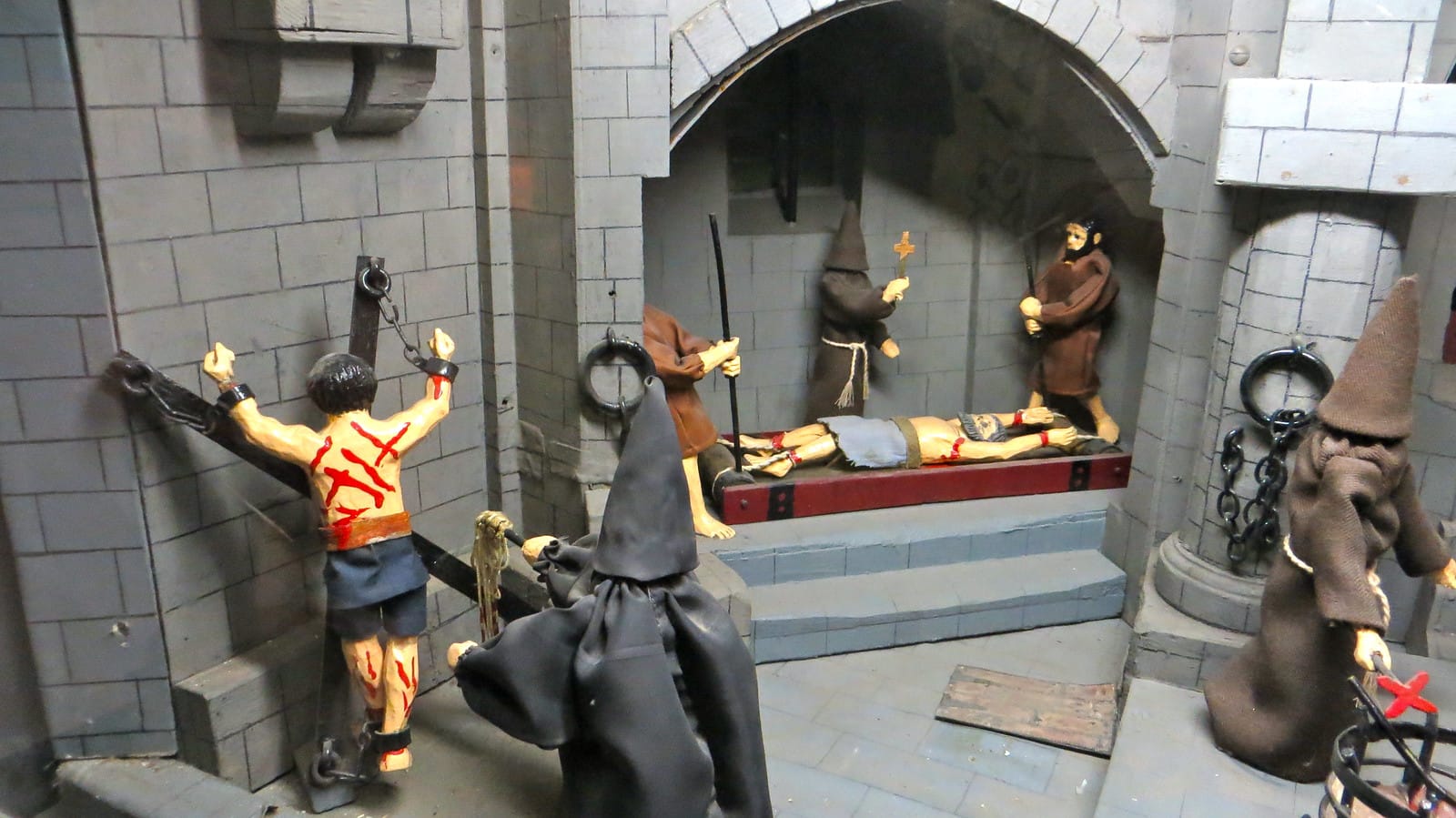
2: They liked to burn people alive
Being burned alive at the stake was the worst punishment the Spanish Inquisition could deal out. While only 3.5% of the cases they prosecuted resulted in the death penalty, just 1.8% were burned at the stake. This meant that between 1540 and 1700, only around 2,000 of the 5,000 prisoners condemned to death were committed to the flames. It was, of course an agonizing and lengthy way to go. However, whether you were burned alive or not depended on whether you had confessed to and repented of your sins. This effectively meant that in the earlier auto de fe many of those accused of secretly practicing Islam or Judaism were, effectively, martyrs, as they refused to give up their religions.
Most cases, of course, didn’t come to this. The Spanish Inquisition’s remit was surprisingly large. Besides heretics, they also went after people for blasphemy and foul language, witchcraft, bigamy, homosexuality, child abuse, and even counterfeiting. Punishments included fines, being banished abroad, or having to work as a galley slave.
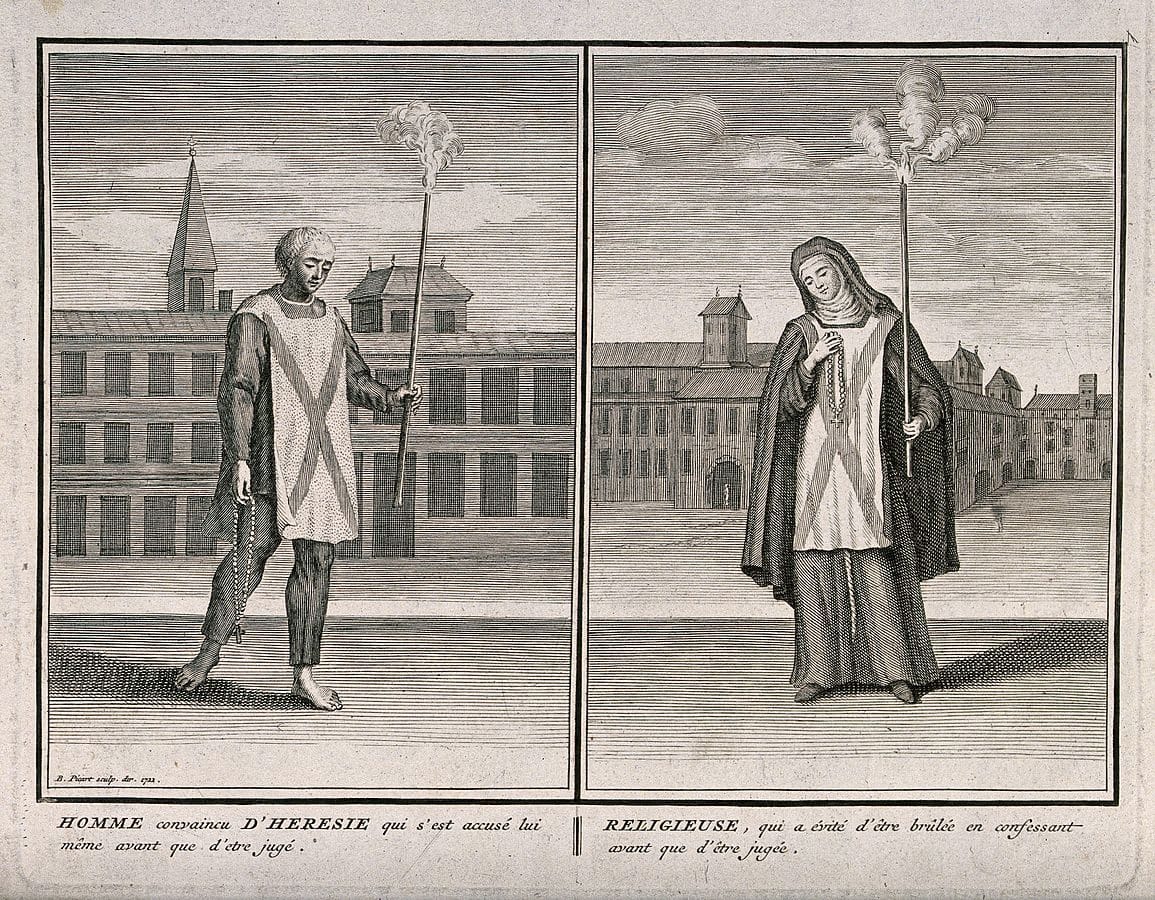
3: They showed no mercy
The Spanish Inquisition preferred to extract confessions from people, rather than put them to death. If you confessed before your trial, some other punishment would be forthcoming. For instance, in 1629 a woman named Isabel Garcia confessed to having made a pact with the devil in order to get her lover back. The punishment for this was to live in exile for four years.
Besides not being overly bothered by Satanism, they weren’t initially that fussed about witchcraft. When the craze for witch hunting spread to the Basque country from France, a large number of people were rounded up on charges of witchcraft. Incredibly, the Inquisition dismissed the charges, citing fears that innocents might be involved. That being said, over time, as fewer insincere conversos (converts to Christianity) could be found, other enemies needed to be rooted out, so witchcraft gradually came increasingly under fire.
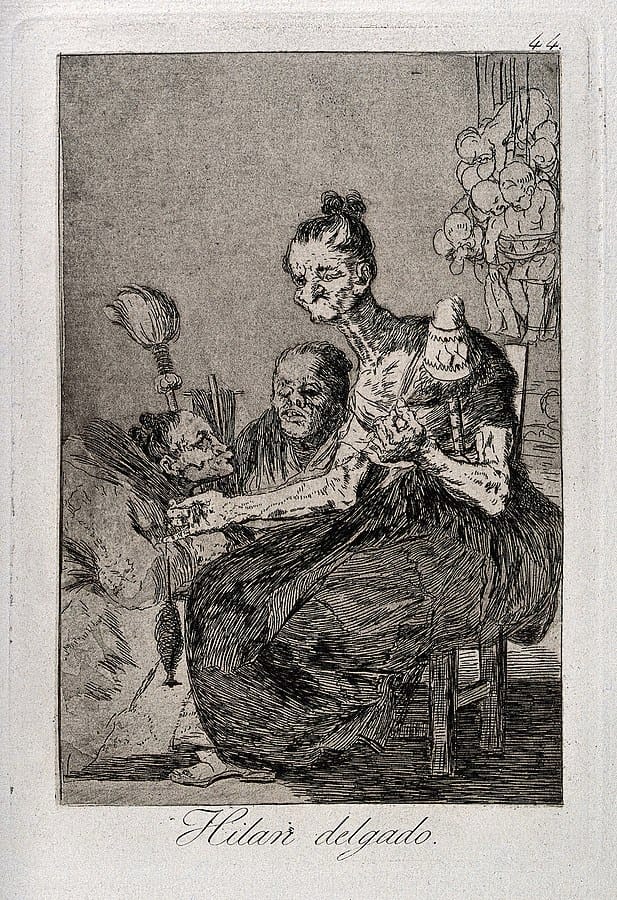
Besides witches, Protestants also became a target, a decision that, of course, drew the ire of northern European countries. This fact, along with the brutal treatment the people of the Netherlands received at the hands of the Spanish during the 80 years war, contributed to the creation of the black legend that distorts the truth about Spanish history to this day.
4. The demise of the Inquisition
The Inquisition’s gradual decline reflected broader changes in Spanish political and social structures during the 19th century. These began when Joseph Bonaparte banned the Inquisition in 1808 during the Napoleonic invasion of the country. However, the oppressive ruler Ferdinand VII reinstated the institution in 1814. Out of heretics to persecute, they went after Ferdinand’s enemy, Manuel Godoy, a liberal politician who was Secretary of State just before the French invaded Spain. Though Godoy had fled abroad his possessions were seized. Among these were Goya’s scandalous naked maja – which now hangs in the Prado. But they couldn’t get charges of obscenity to stick and, increasingly irrelevant, the Inquisition was phased out in 1834. Their final headquarters are at number 14 Calle de Torrija, just down the road from Godoy’s palace at number 9.
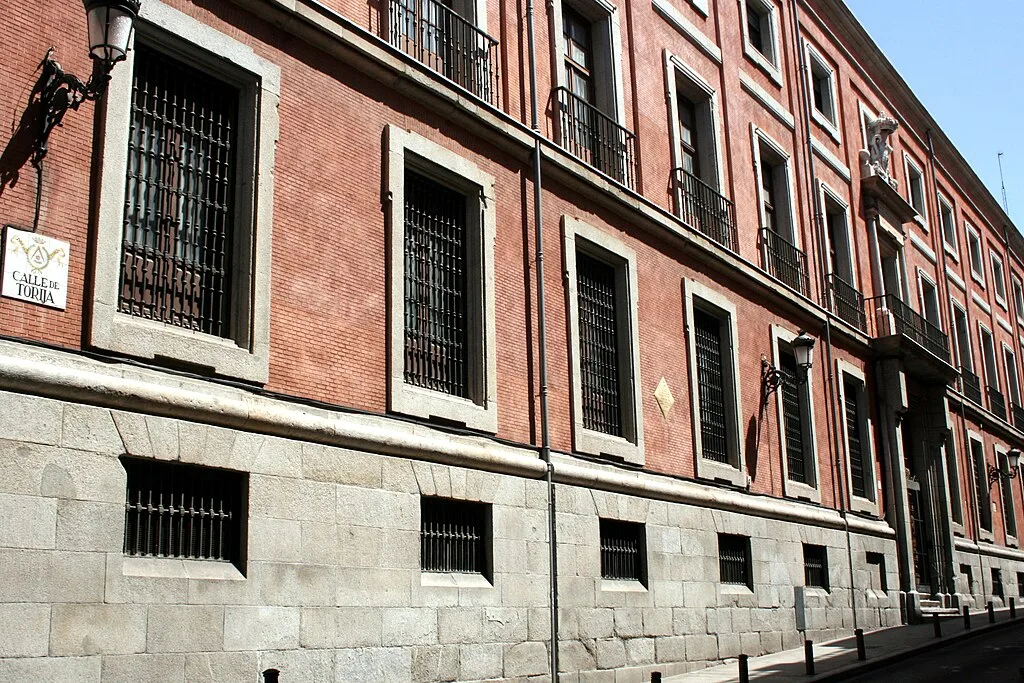
While the Spanish Inquisition was undoubtedly a controversial institution, historical research reveals a more nuanced reality than popular myths driven by the Black Legend suggest. Understanding its complexities helps us gain a deeper insight into this historical period.
If you want to find out more about the Spanish Inquisition, I go into more detail in some of my unique walking tours, especially the one of Lavapiés. Or perhaps you want to see a different side to the city? Then why not buy a copy of my new book Quiet Madrid, a guide to the tranquil spaces in hidden places dotted about the city.


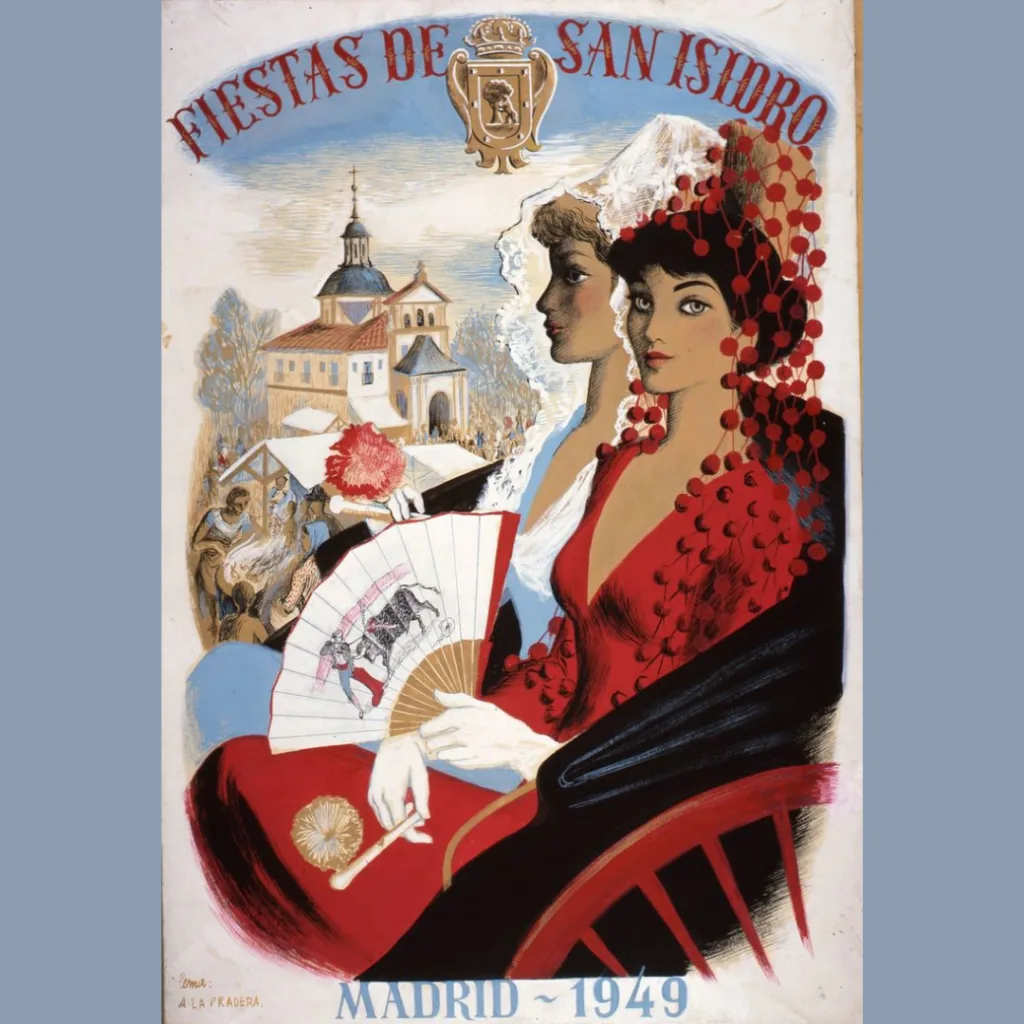
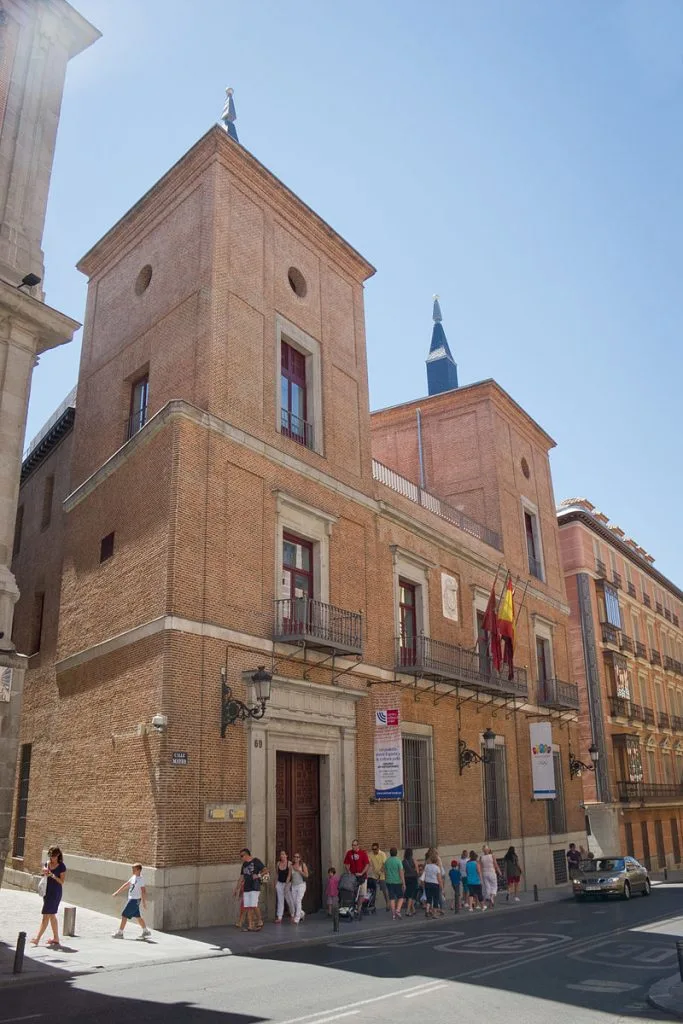
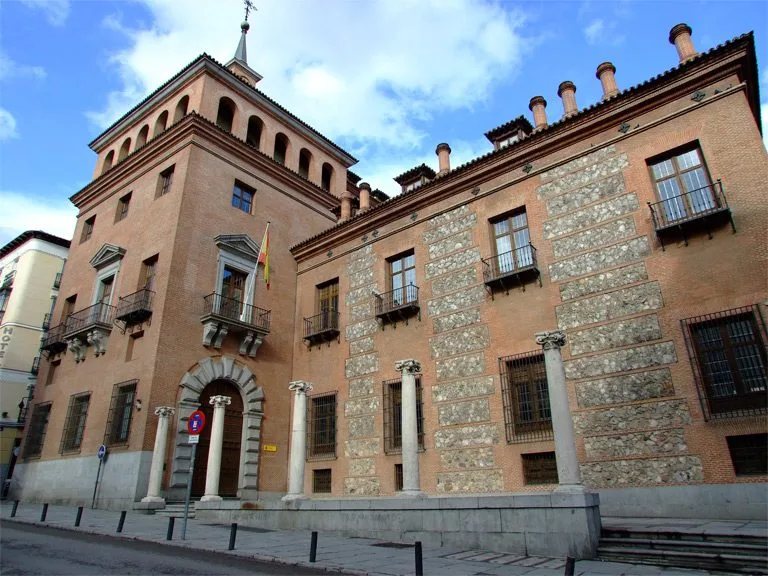

Very interesting thanks! ????
If it’s ok let me just help you out with the French translation:
1. A man convicted of heresy who accused himself before being judged.
2. A nun who avoided being burned by confessing before she was judged.
Thanks Marion. I’ll update the post.
Well done. Interesting stuff. Thanks for helping to provide a more balanced version of this bit of history. As for when they burned people at the stake, I also think they sometimes killed the person previously to get it over with or made the fire smoky so they would suffocate before the flames got to them. But I may be wrong.